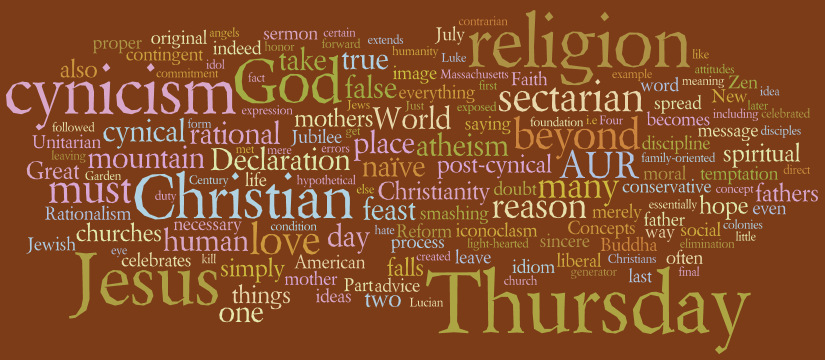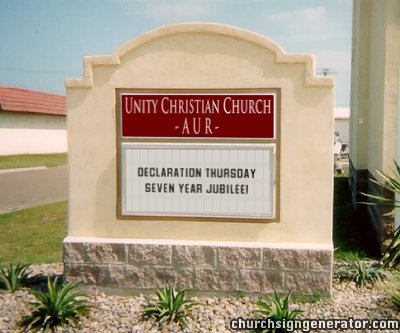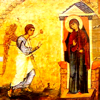 The Reform celebrates the transition from November to December with the feast of St. Andrew on November 30th (honoring the first disciple of Jesus) and Advent/Annunciation on December 1st.
The Reform celebrates the transition from November to December with the feast of St. Andrew on November 30th (honoring the first disciple of Jesus) and Advent/Annunciation on December 1st.
This differs significantly from other Christian traditions, which celebrate Advent four Sundays before Christmas, and celebrate the Annunciation (the day on which Mary was told by the Angel Gabriel that she would conceive Jesus) on 25 March, a materialist nine months of gestation prior to Christmas.
For the Reform, the historical placement of the Annunciation is not as important as the inspirational role it plays as part of the Nativity story. By observing this herald of the Nativity together with Advent, AUR brings the entire narrative of the birth of Jesus together in one ritual season, setting aside December as a month of preparing for new beginnings: the beginning of the life of Christ, the beginning of the age of the Tree of Life, and the beginning of the new year when December finally turns over to January.
And, on the Eve of Annunciation, as disciples of Christ we celebrate St. Andrew, the first disciple of Christ.
Reform Unitarian Advent is also the traditional feast day of St. Eligius, patron of goldsmiths, giving us the start of the first Dozen of the Advent/Christmas season: the Twelve Days of Gold celebrating Mary as the Mother of Jesus, which ends with the feast day of Our Lady of Guadalupe on December 12th.
Now is the time for unlit Christmas decorations, and for placing Mary and the Angel in the crèche!
(NOTE: Our Lady’s Day falls on Thursday in 2009, setting the observation of the Twelve Days of Gold to Thursday the 5th.)

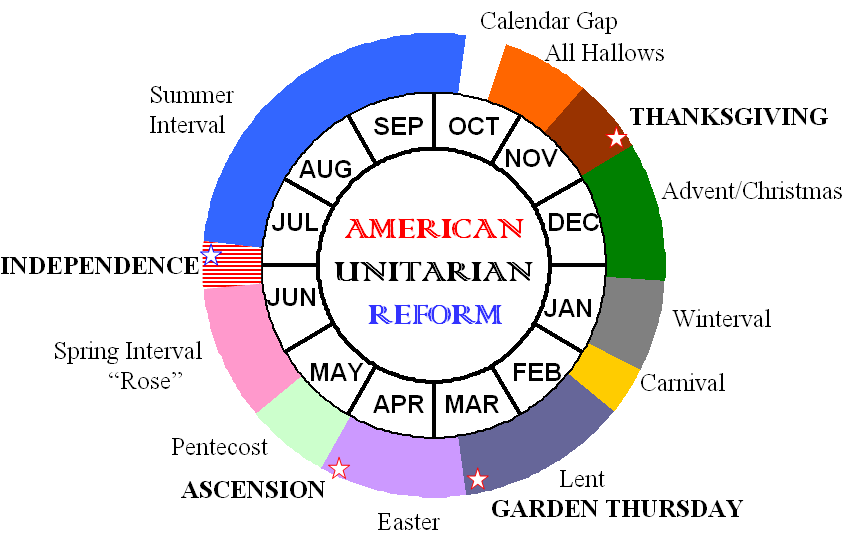
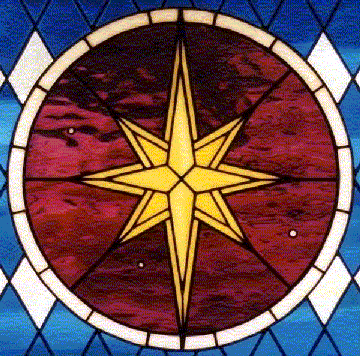 Today is St. Lucia’s Day, the first of the 12 Days of Light honoring the Star of Bethlehem. Time to put up the lit decorations! But, also a good time to reflect on the importance of Christmas.
Today is St. Lucia’s Day, the first of the 12 Days of Light honoring the Star of Bethlehem. Time to put up the lit decorations! But, also a good time to reflect on the importance of Christmas.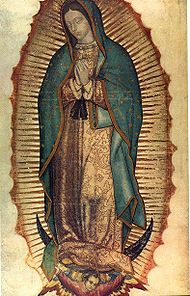 The AUR liturgical year opens with a series of holidays emphasizing the multi-cultural, multi-faith nature of American Reform Unitarian Christianity.
The AUR liturgical year opens with a series of holidays emphasizing the multi-cultural, multi-faith nature of American Reform Unitarian Christianity.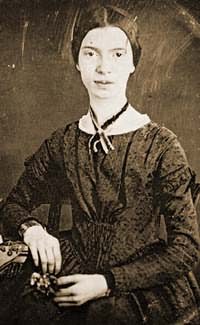 On this day in 1830 was born in Amherst, Massachussetts, a girl named Emily Dickinson, raised Unitarian, confirmed Christian as a teenager, and a veritable prophet who gave us a collection of poems that could rightfully be called America’s book of Psalms.
On this day in 1830 was born in Amherst, Massachussetts, a girl named Emily Dickinson, raised Unitarian, confirmed Christian as a teenager, and a veritable prophet who gave us a collection of poems that could rightfully be called America’s book of Psalms. 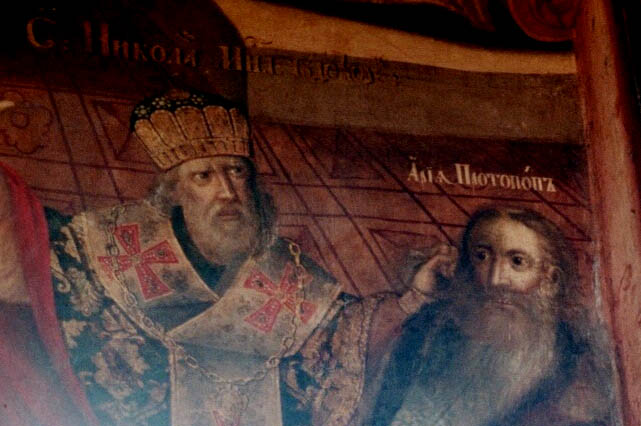

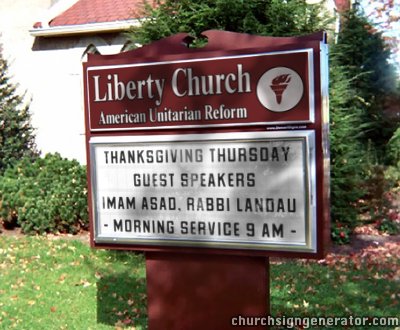
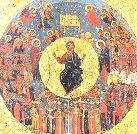 Today is the beginning of the Twelve Days of Piety, a holiday AUR shares with other Christians: All Hallows Day, the commemoration of all Saints, known and unknown.
Today is the beginning of the Twelve Days of Piety, a holiday AUR shares with other Christians: All Hallows Day, the commemoration of all Saints, known and unknown.